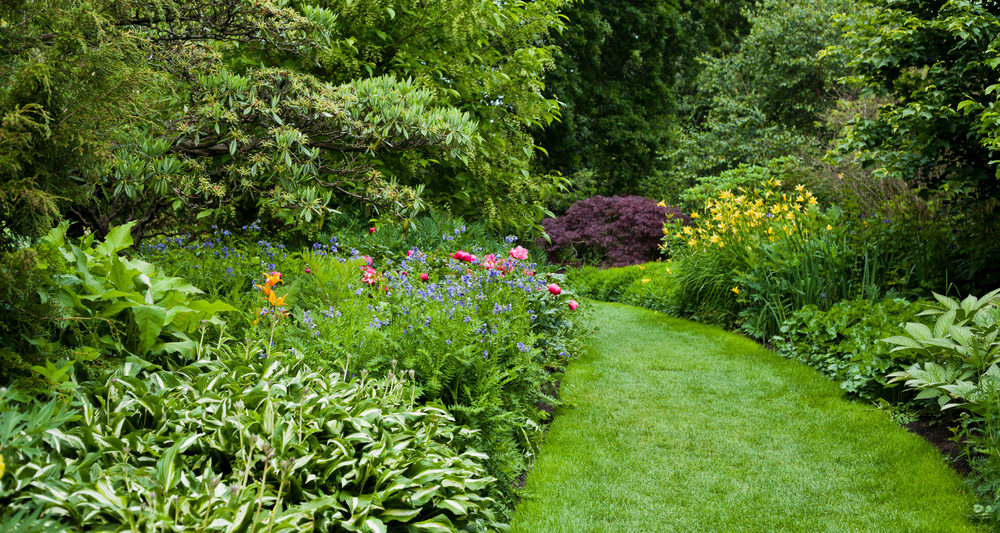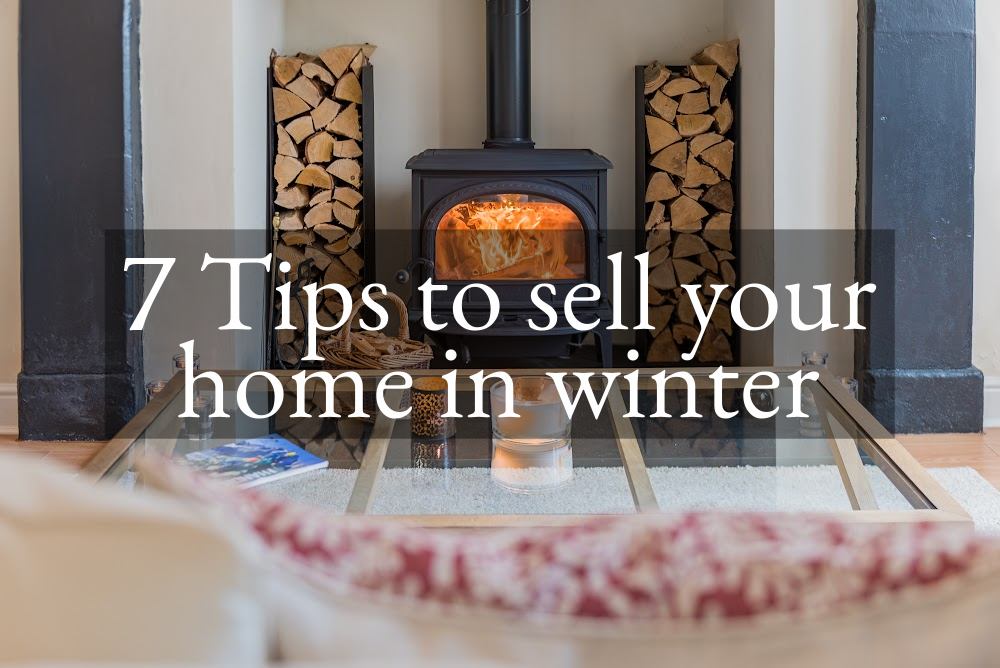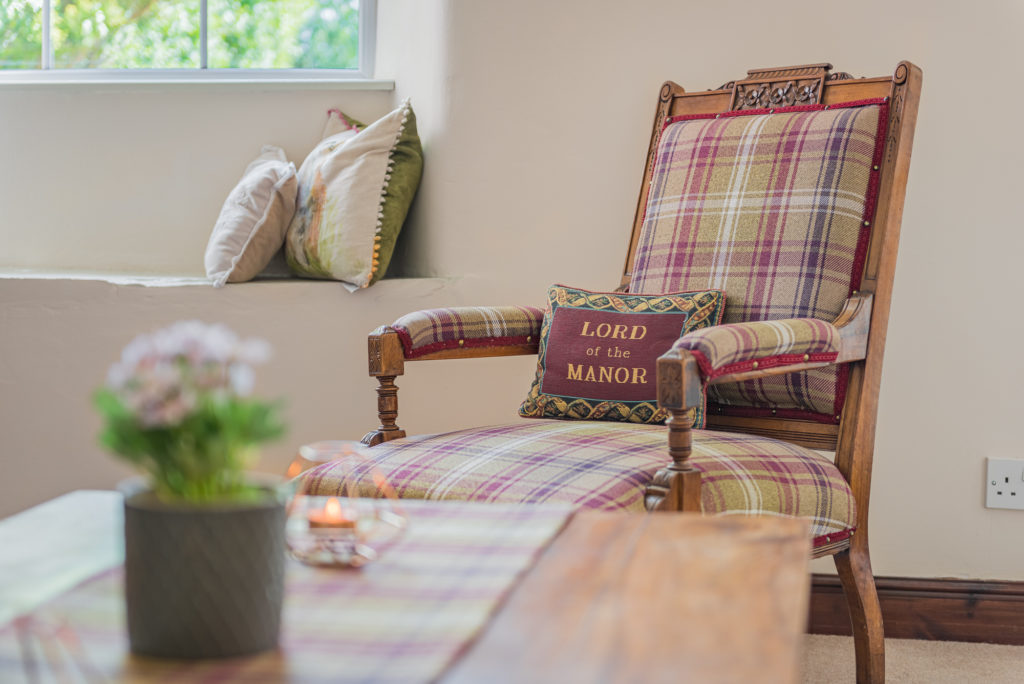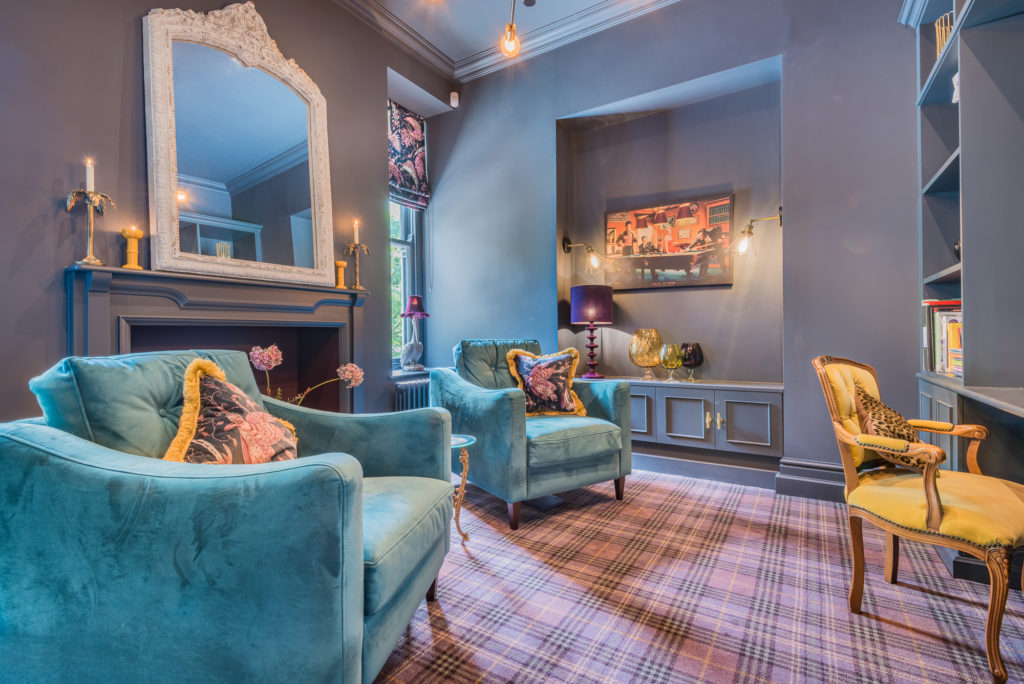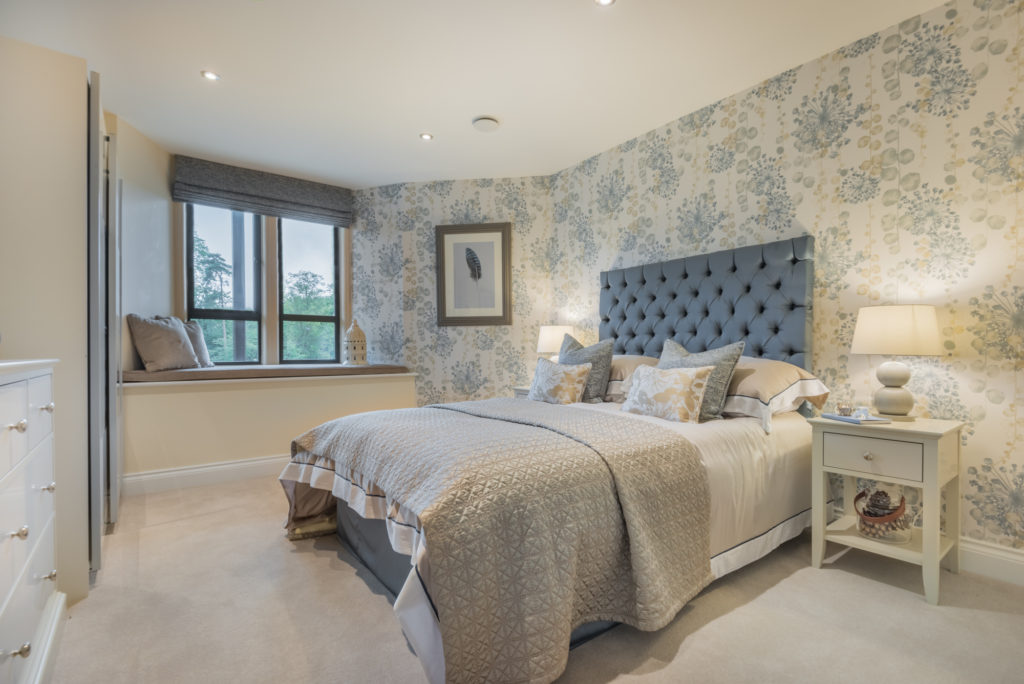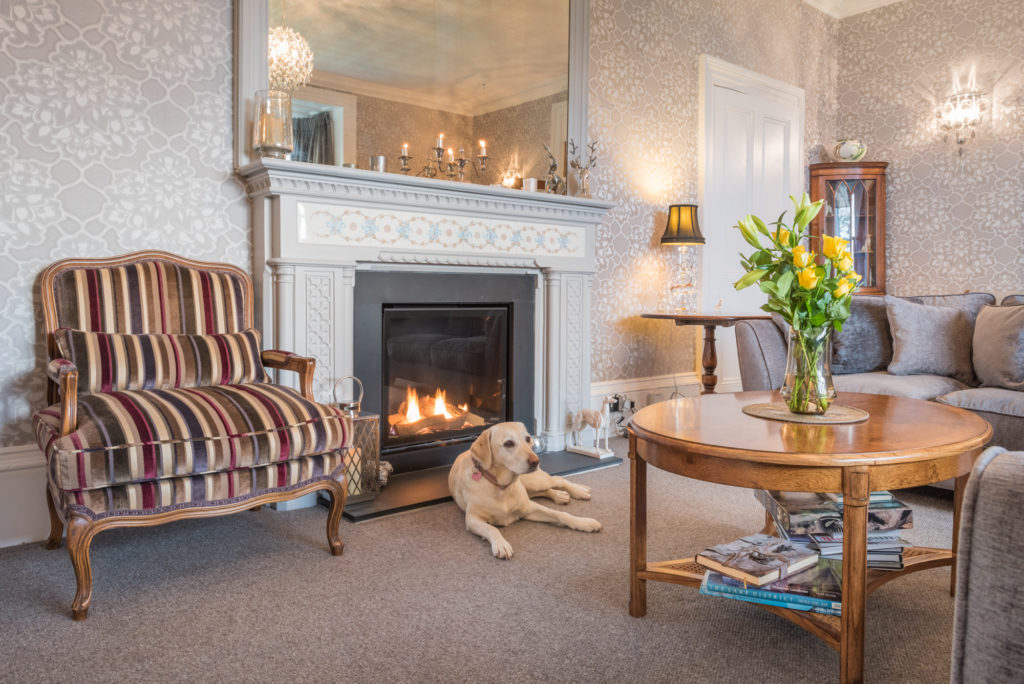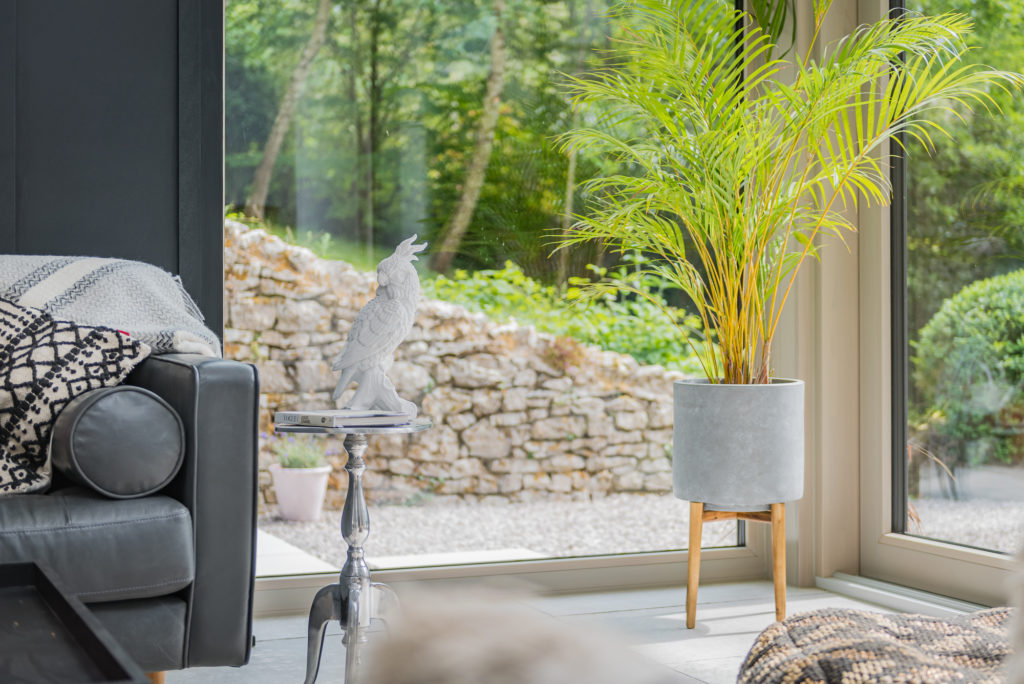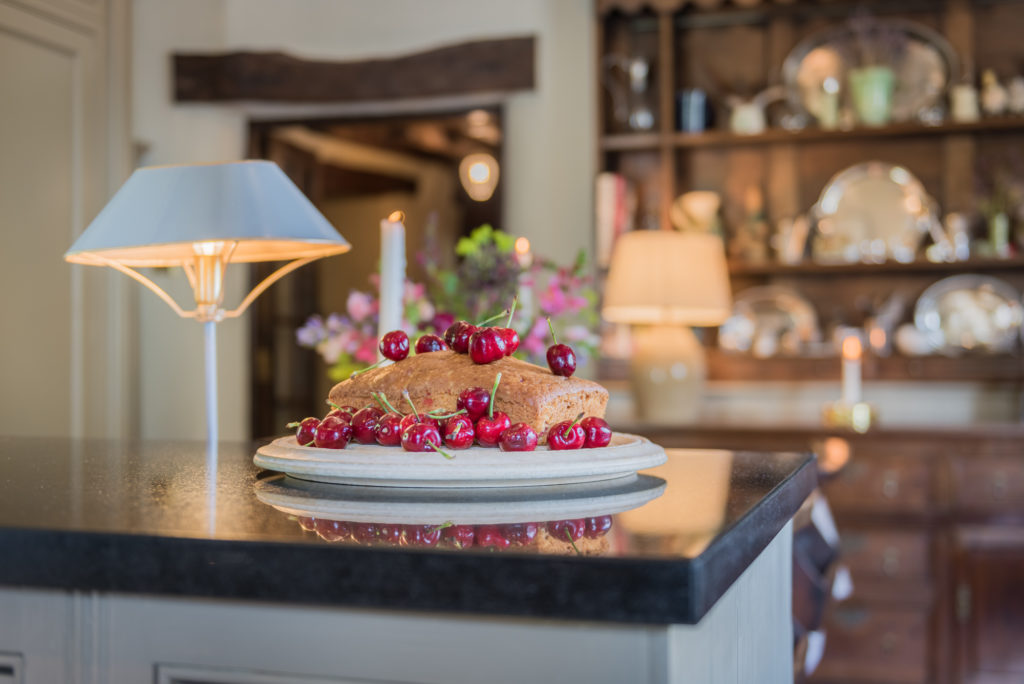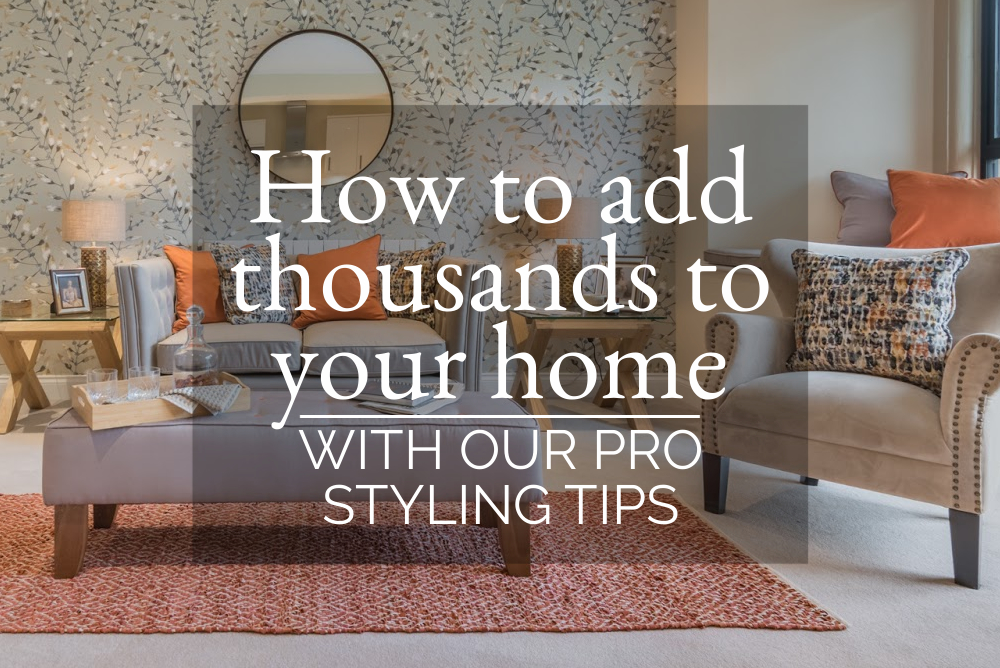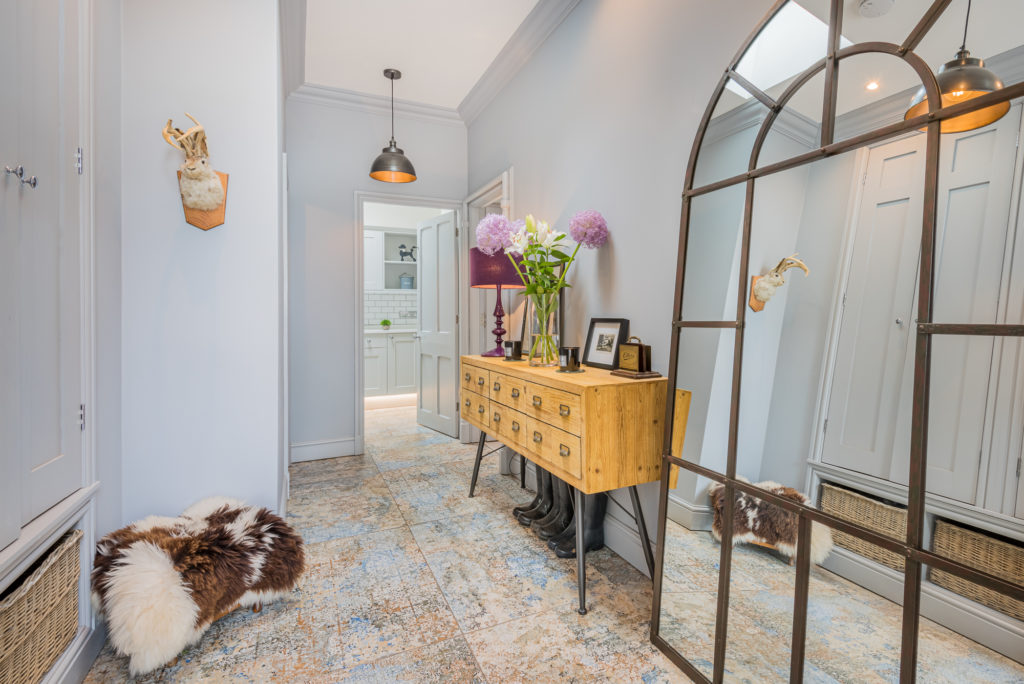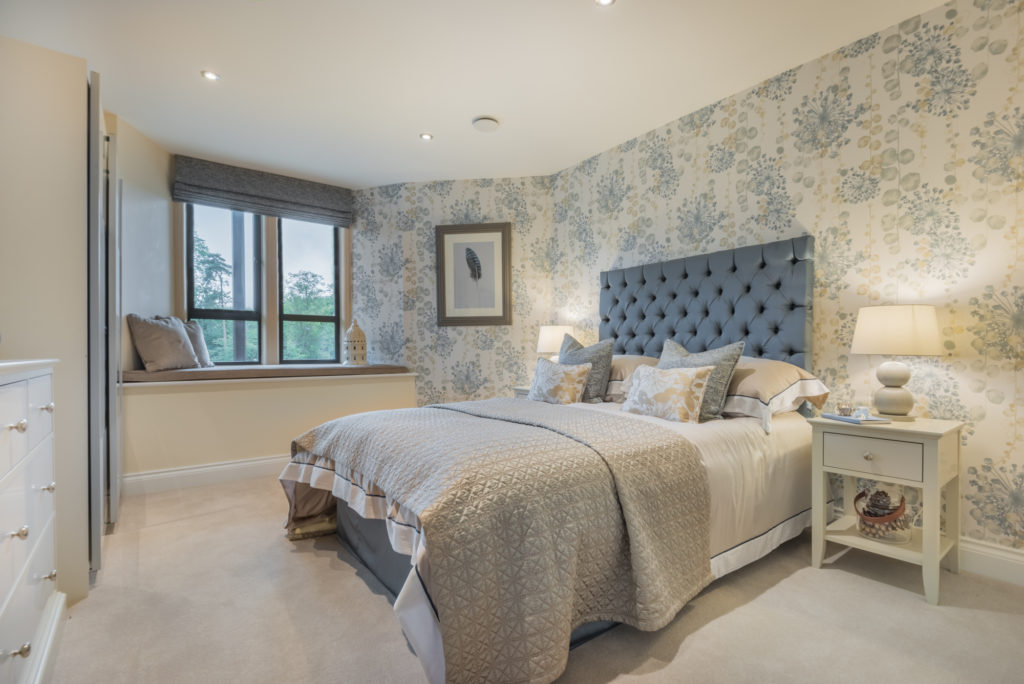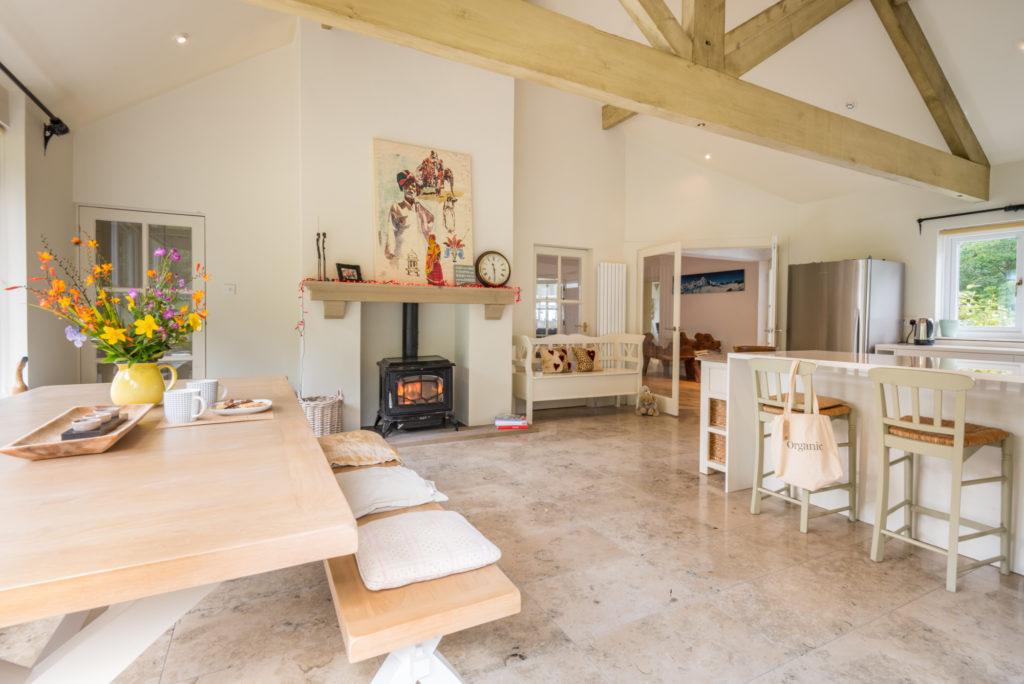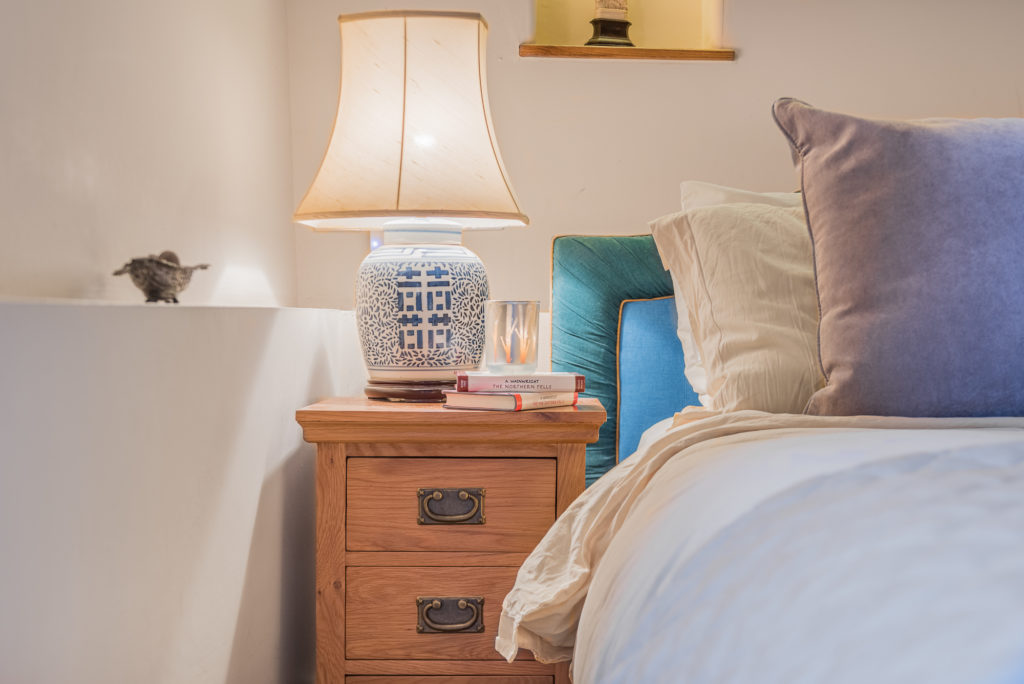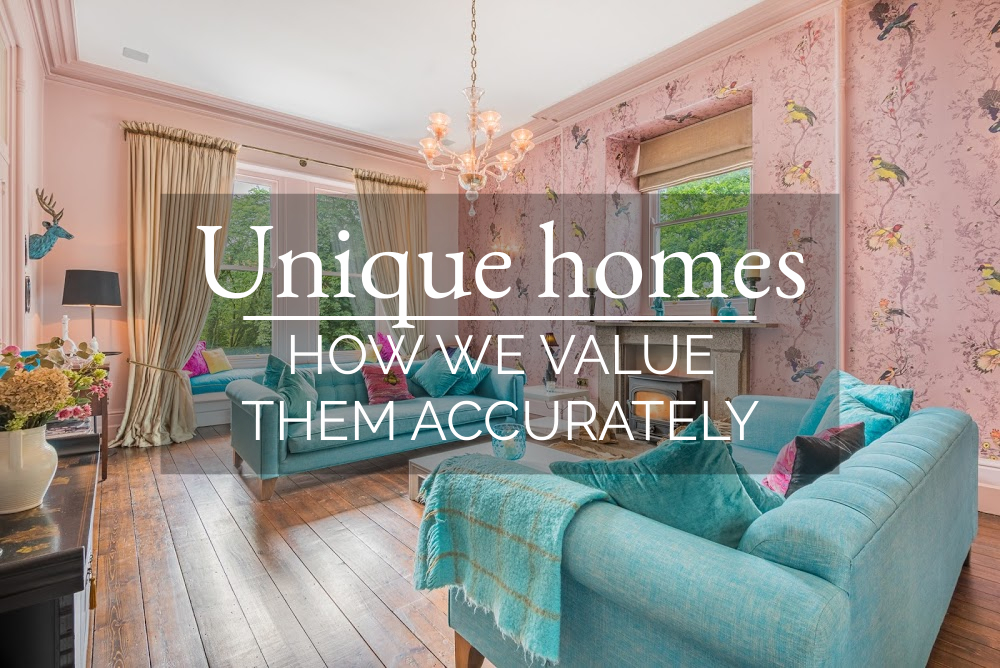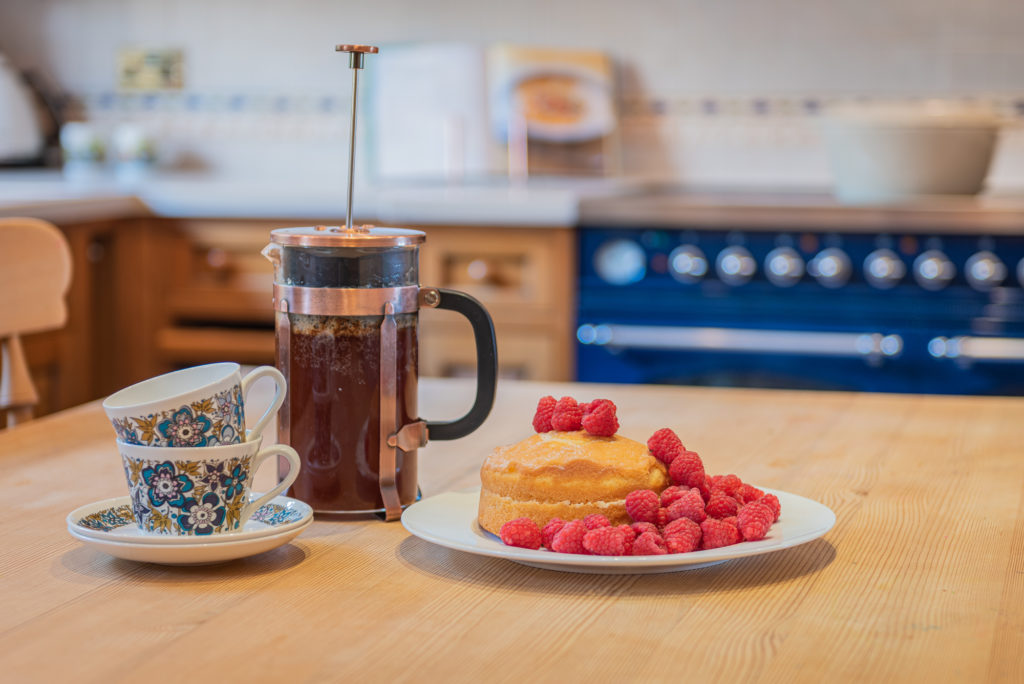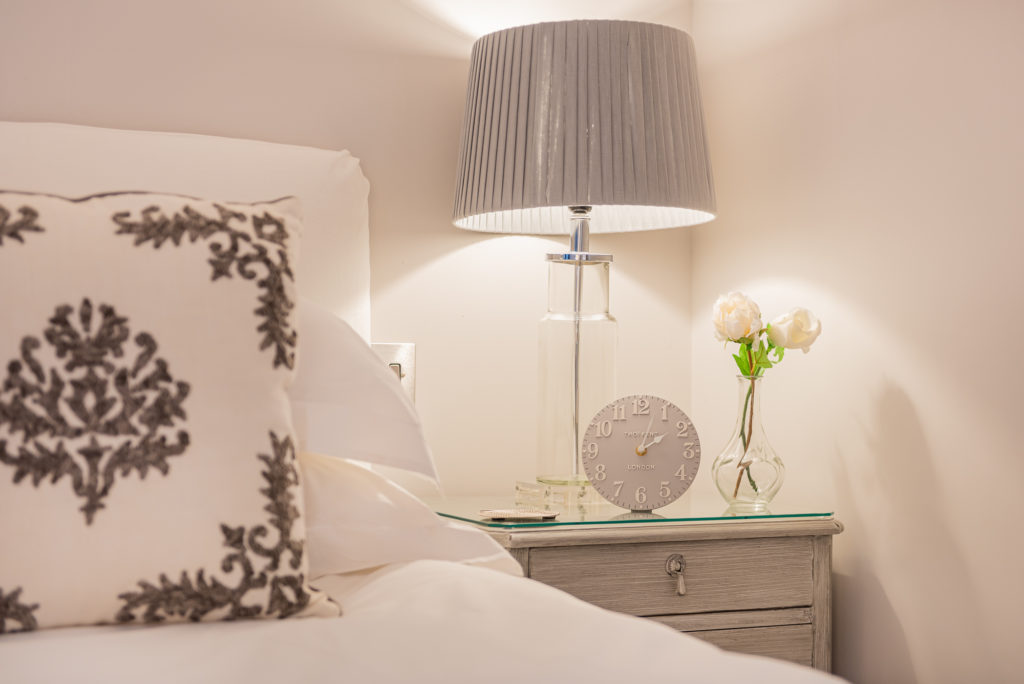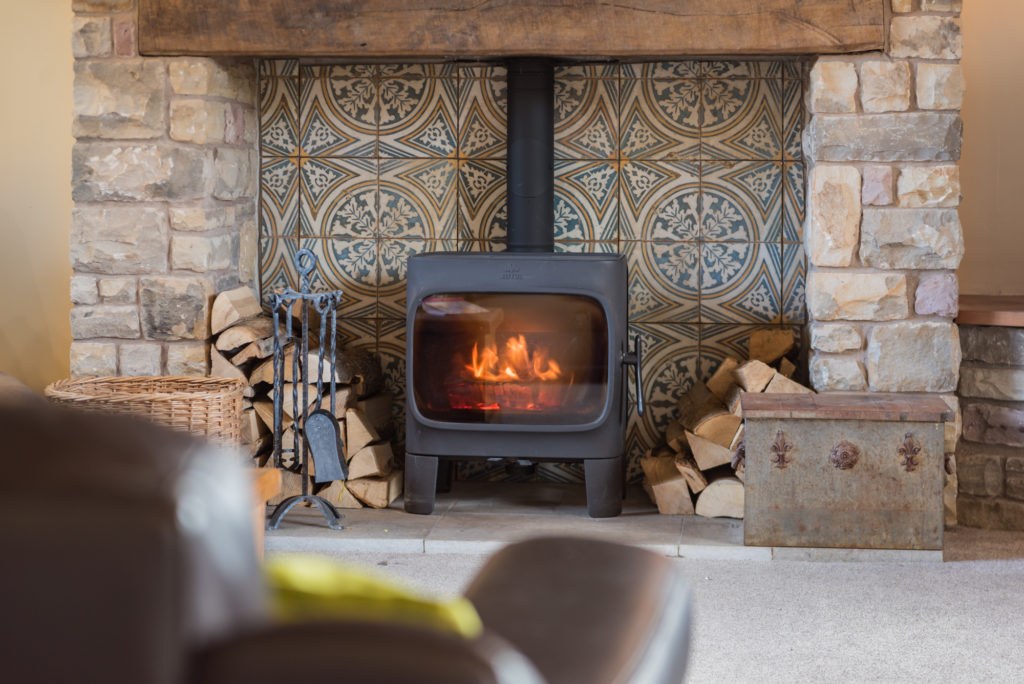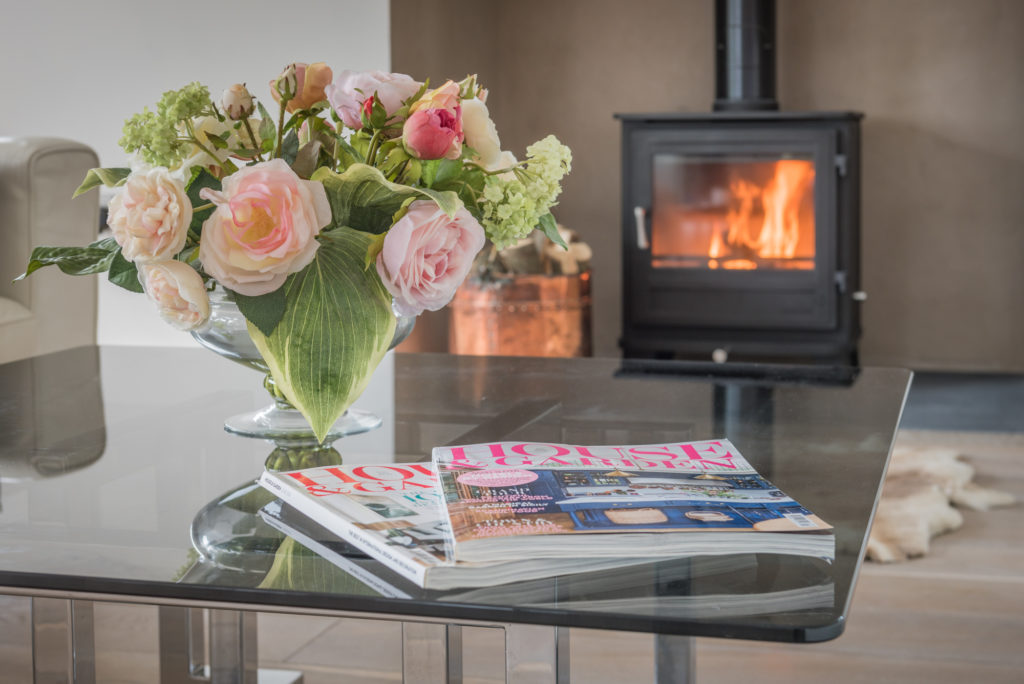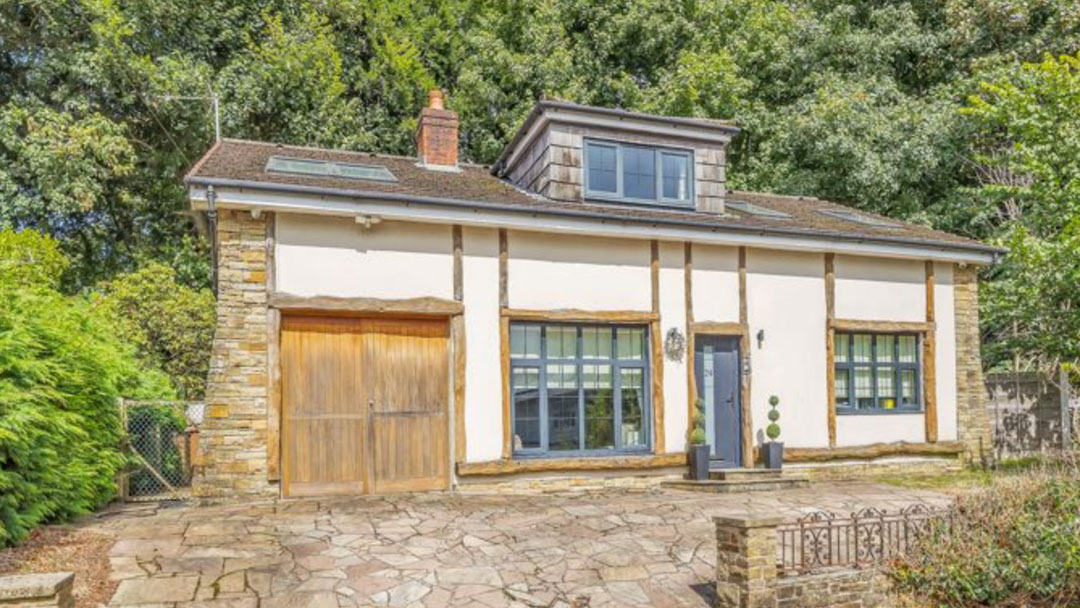What does your garden mean to you?
Often viewed as a haven for entertaining and relaxation, studies show that the “right” garden ranks among the top three priorities for homebuyers. In this guide, we share six easy steps to style your garden and maximize its appeal!
For us, a garden epitomizes entertainment, enjoyment, and peace. It’s no surprise that several studies highlight the garden as a crucial factor for potential buyers. Surrounding your home, both front and back, the garden is a substantial area often overlooked. However, this versatile space can make or break a sale and requires as much preparation as any room inside. We’re here to help!
Tidying your garden is one thing, but styling it is another. Styling involves adding finishing touches with thoughtful layouts and accessories, elevating your garden to the next level. After trimming the hedges and pressure-washing the patio, the fun begins! By infusing your garden with style, you’ll exceed viewers’ expectations and showcase its full potential. Read on for six proven tips to enhance your garden with charming style.
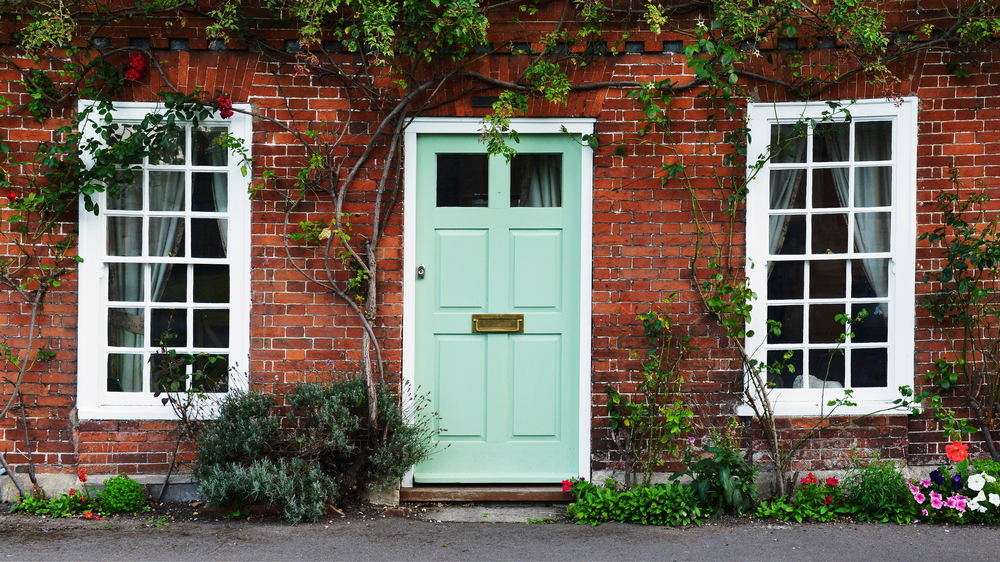
- Frame the Front Door
The first area potential buyers see is the front door. Think about the inviting first impression you want to create. After refreshing old letterboxes, handles, and knockers, consider defining a pathway to the door with flower beds or potted plants interspersed with post lights.
Frame the doorway or porch with hanging baskets and climbing plants. Alternatively, use candle-filled lanterns of varying sizes on either side of the door, grouped in threes for visual appeal.
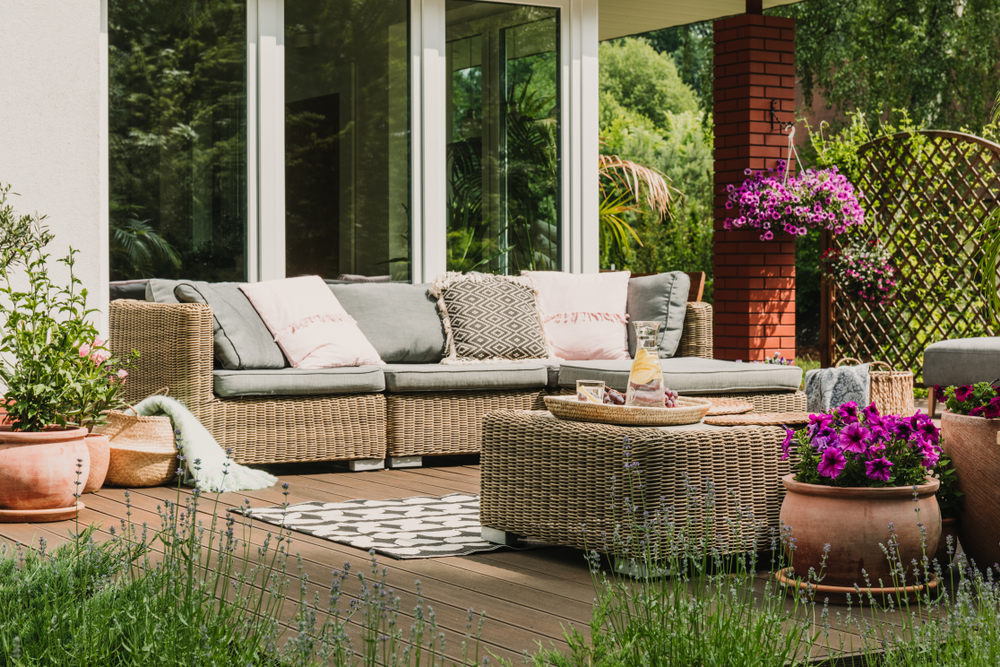
- Get in the Zone
Divide your back garden into different areas by their intended purpose. This not only makes the space feel bigger but also more organized, showcasing the garden in its best light.
Position dining and seating areas strategically to delineate zones. Define the main entertainment area with a weatherproof rug and comfy furniture. For a cozy yet sophisticated style, use a glass-topped table and cushioned dining chairs made from all-weather wicker or Lloyd Loom.
If space allows, create a relaxation corner with an outdoor sofa or swing chair and a timber coffee table. Complete the snug look with a gas or electric heater.
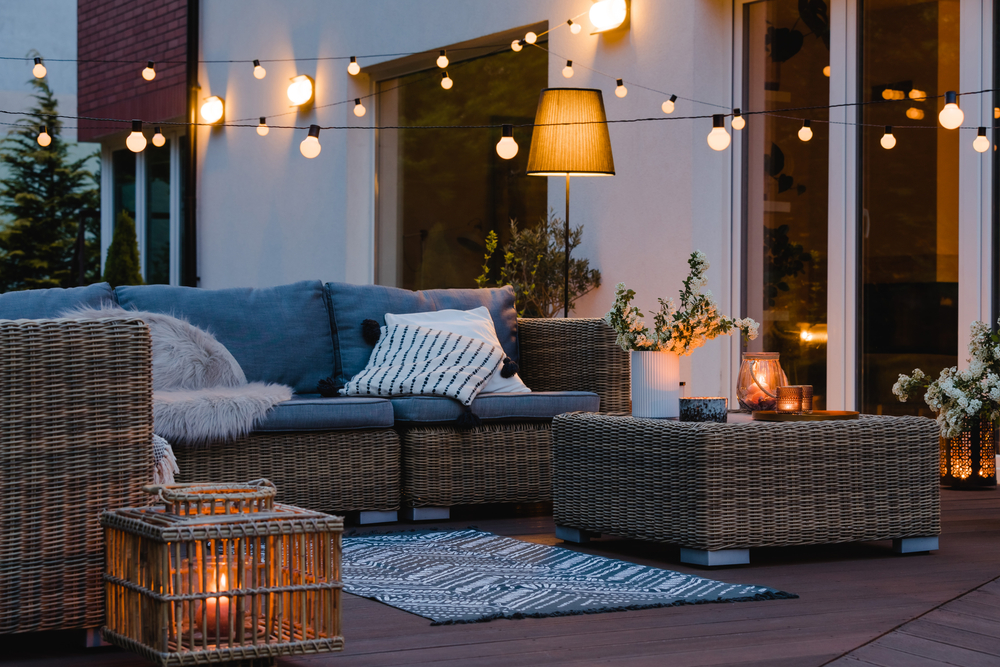
- Light the Way
Illuminate your outdoor space with thoughtfully chosen lighting that looks great both day and night. Match the lighting to your interior theme. Bronze and copper fixtures provide an antique look suitable for period houses and cottages, while matte black and silvered patinas complement modern homes.
Consider recessed floor lighting for decking areas to add an uplifting glow during darker months. Alternatively, intertwine festoon lights around an awning or gazebo, along the eaves of a shed or carport, or wrap them around trees to enhance a relaxed atmosphere
- Play with Mirrors
Illuminate your outdoor space with thoughtfully chosen lighting that looks great both day and night. Match the lighting to your interior theme. Bronze and copper fixtures provide an antique look suitable for period houses and cottages, while matte black and silvered patinas complement modern homes.
Consider recessed floor lighting for decking areas to add an uplifting glow during darker months. Alternatively, intertwine festoon lights around an awning or gazebo, along the eaves of a shed or carport, or wrap them around trees to enhance a relaxed atmosphere.
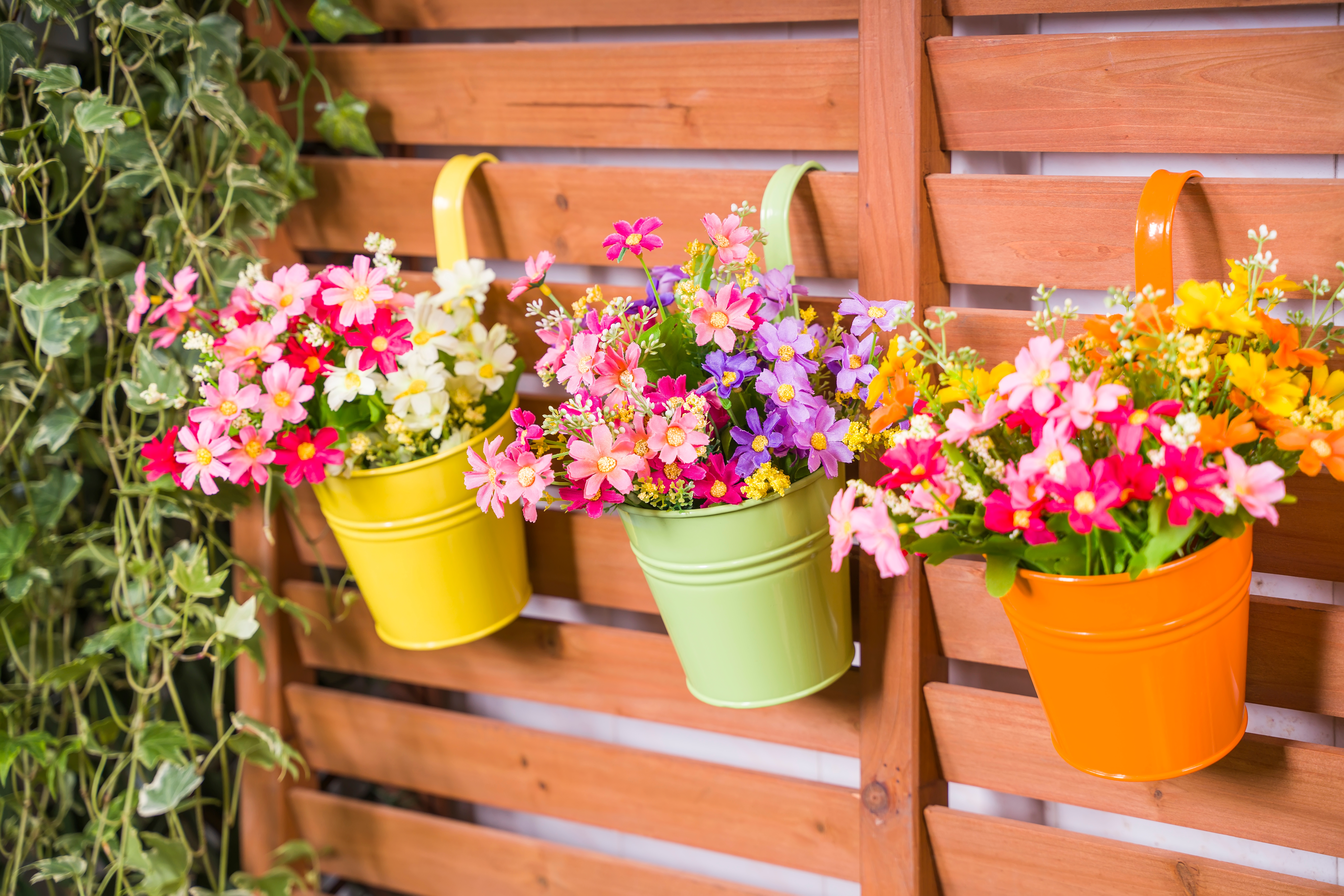
- Lift the Space with Color
Use color to make your garden cheerful and inviting. Container plants are perfect for adding color to paved areas or courtyards. If flowers aren’t blooming yet, use colorful plant pots and baskets.
For quaint, older houses, fast-growing climbers like wisteria or clematis can create a “wow” factor. In modern homes, trailing plants in hanging baskets can form a living wall of foliage. Wooden or galvanized metal step ladders are also creative for floral displays.
Fill any bare patches in flower beds with easy-to-maintain perennials like hellebore, libertia, liriope muscari, and cranesbill.
- Keep it Low-Key
Avoid overwhelming your garden with excessive styling. Opt for furnishings that highlight texture over pattern and use calm, neutral colors for accessories. This keeps the space depersonalized and appealing to a broad range of buyers.
Keen for more tips on how to style your garden? Or need advice on preparing your home for the market? We’d love to hear from you!

